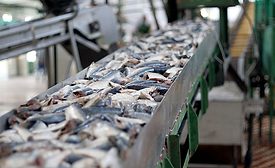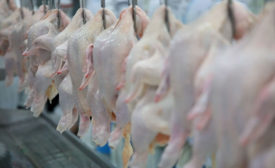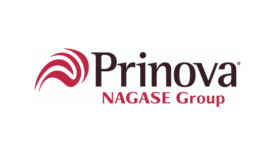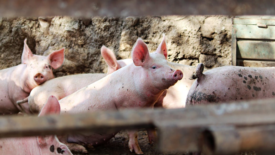Food Type
Many RTE food technologies were created and first commercialized by the U.S. Armed Forces
Read More
How Food Manufacturers Have Responded to the COVID-19 Pandemic—Part 1
Seafood manufacturers have demonstrated adaptability to protect workers and avoid closing, despite supply shortages and changing public health guidance
December 9, 2022
A Critical Look at Reducing the Risk of Salmonella from Poultry, Part 3: Processing Controls
Each step in poultry processing represents a different risk level for Salmonella prevalence and/or cross-contamination.
December 6, 2022
Never miss the latest news and trends driving the food safety industry
eNewsletter | Website | eMagazine
JOIN TODAY!Copyright ©2025. All Rights Reserved BNP Media.
Design, CMS, Hosting & Web Development :: ePublishing










.png?height=168&t=1661887788&width=275)